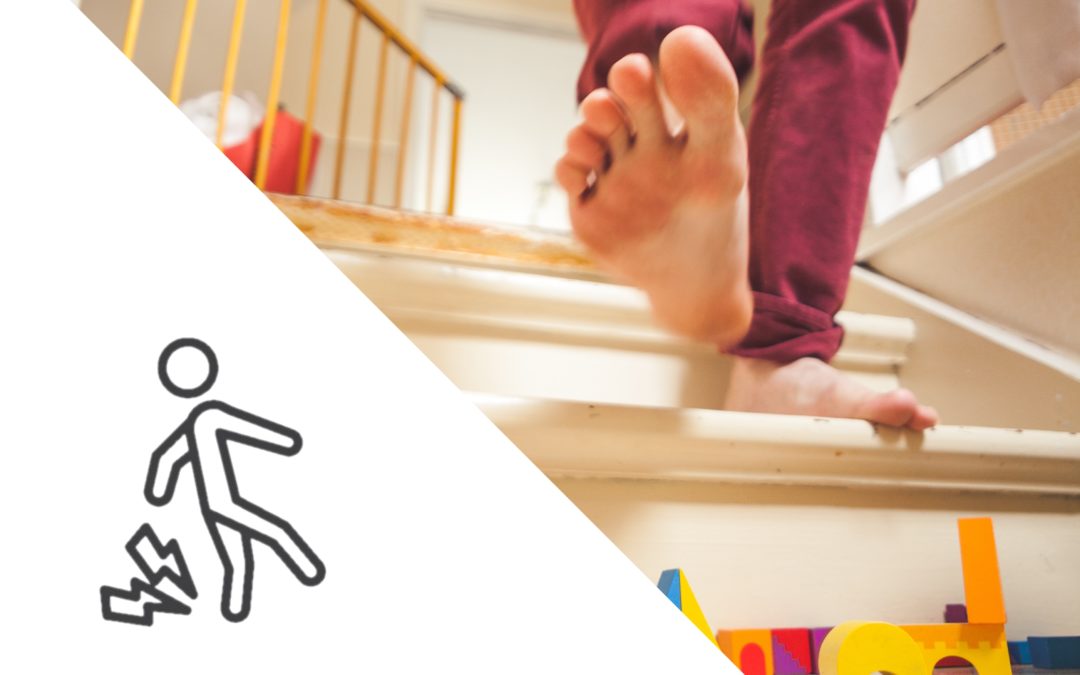Drop foot can make walking extremely difficult. It can also place someone at a very high risk for falling. In the video below, you will learn the BEST drop foot exercise progression. But first, here are some basic facts to help you understand your condition.
What is it drop foot?
Drop foot is when there is weakness in the muscles that lift the foot. It is important to note that “drop foot” is not a diagnosis in itself. Rather, it is a symptom of a medical condition or diagnosis.
In severe cases, the foot will point downward and look “floppy”. This point down position will cause the foot to drag on the ground.
To prevent the foot from dragging on the ground, someone with this problem might demonstrate a funny looking gait (walking) pattern. Here are a few of the most common gait abnormalities:
Steppage Gait
A walking pattern where someone will excessively flex the hip in an effort to prevent the foot from catching on the ground
Hip Hike Gait
Hip hiking is when someone will lift the hip on the same side in an effort to create more space for the pointed foot to clear the ground
Circumduction
In other cases, someone might swing the leg around the side in an effort for the foot to clear the gound
What causes drop foot?
Here is a short list of diagnoses that might cause this movement problem:
- Traumatic brain injury
- Spinal cord injury
- Peripheral nerve injury
- Charcot marie tooth (CMT)
- ALS
- Multiple sclerosis
- Stroke
- Idiopathic peripheral neuropathy
- Peripheral neuropathy
- Guillain barre syndrome
Drop Foot Exercises
In the video below you will learn more about the progression of exercises to improve your walking pattern and more importantly prevent a fall.
Stretching
Always start by stretching the muscles on the opposite side of the ankle (antagonist). It is extremely common that these muscles will have shortened over time. As a result, this will make lifting the foot more difficult. Here are the muscles to focus on when stretching:
- Gastrocnemius
- Soleus
- Posterior tibialis
Strengthening
Here are the muscles involved with lifting the foot. Watch the video below to learn the entire progression of strengthening exercises.
- Anterior tibialis
- Peroneals
Functional activity
It is important to always end each session with a functional or purposeful activity. This is the best way to ensure the new movement will carryover into walking. Here is the progression that is detailed in the video:
- Anterior weight shifts starting with the back against the wall
- Anterior weight shift with back against the wall and single leg bias
- Sit to stand with a stagger stance
- Sit to stand with single leg bias
- Heel taps on a step
- Stepping over a step.







